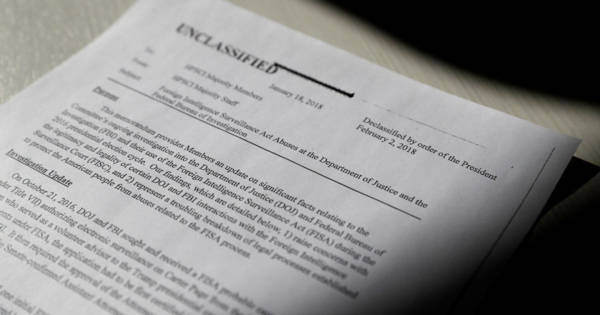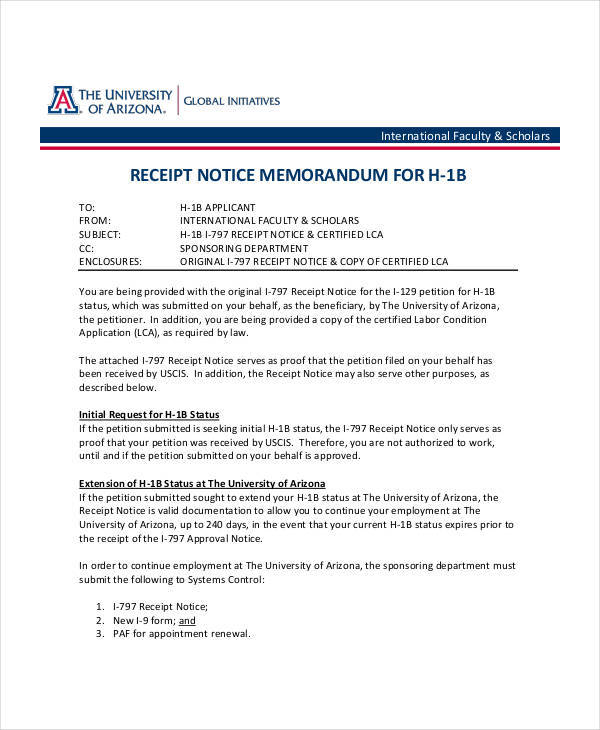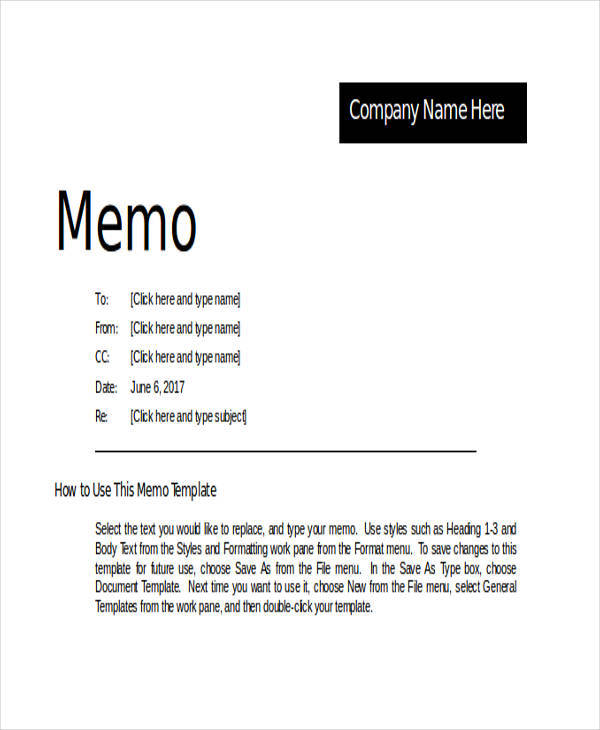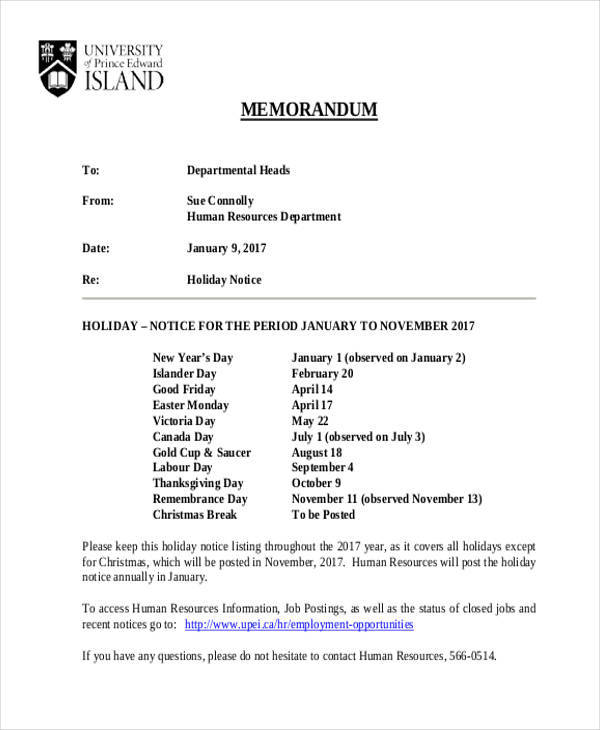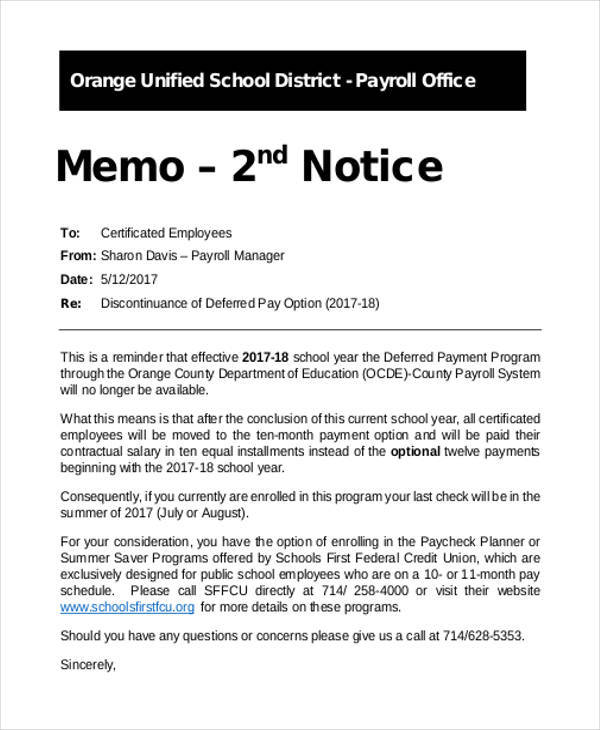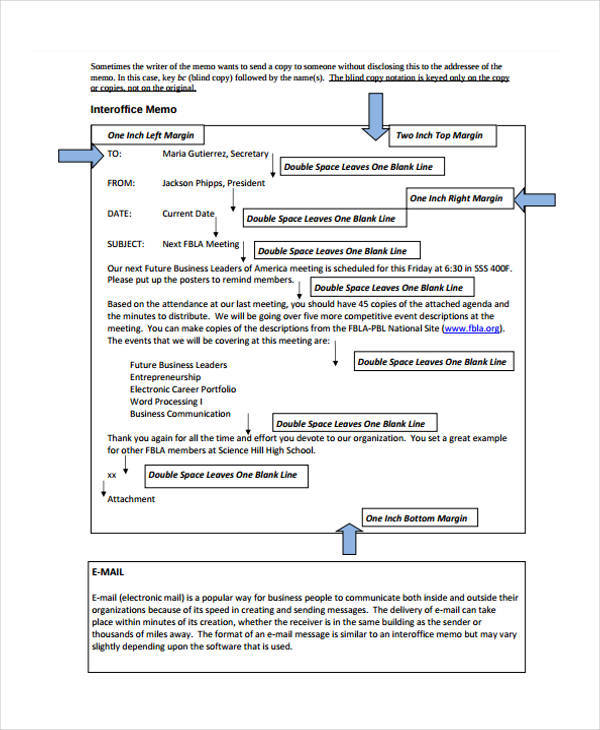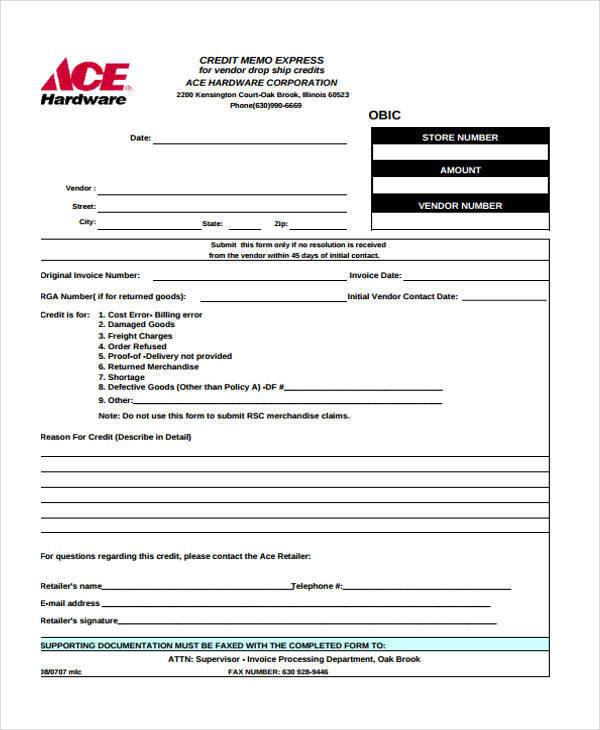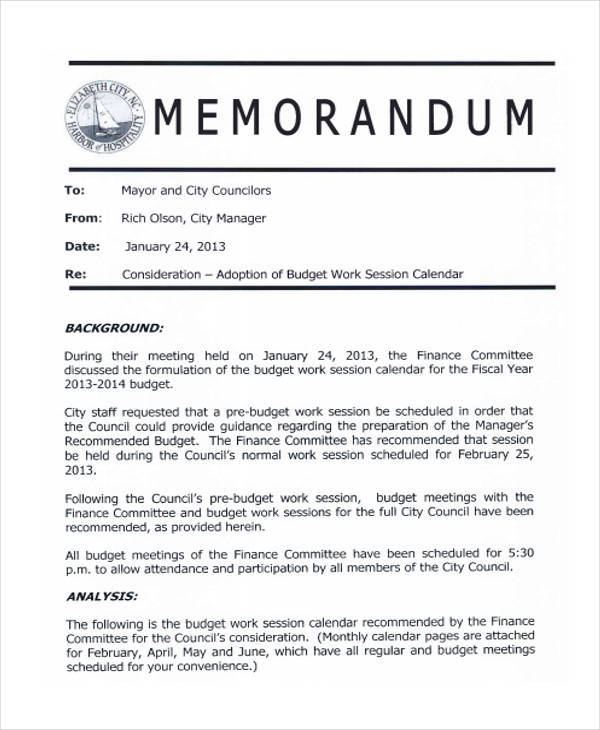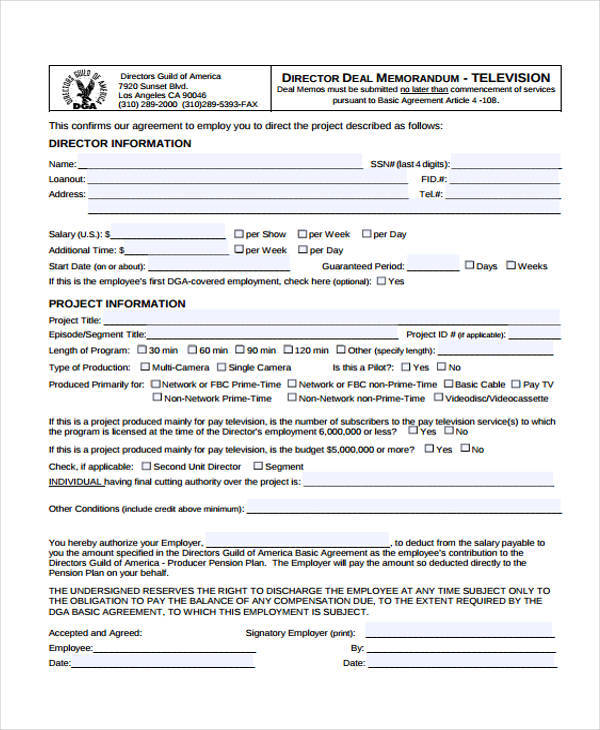Memos are considered to be essential means of communication within the workplace or in a business setting. These can be sent via email, can be handed personally, or can even be sent via registered mail. Memos are also posted in some areas of the workplace especially if it is meant to be read by the whole office.
If you are new to the whole idea of memo writing, we are here to offer a little bit of help. We will be giving you a step-by-step guideline that is easy to understand and follow. We even included a few memo writing samples and templates that you may find useful and can be easily downloaded from this very article.
Sample Business Memo Template
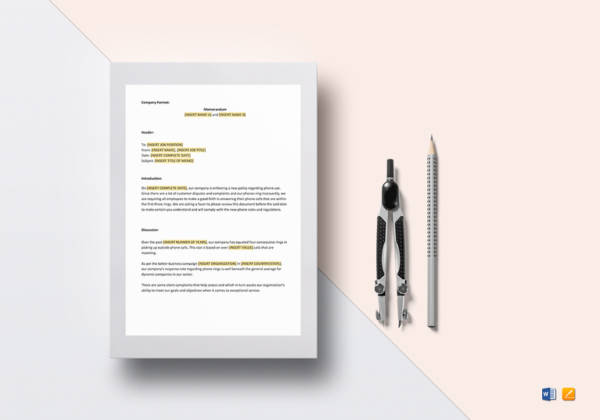
Business Memo Format
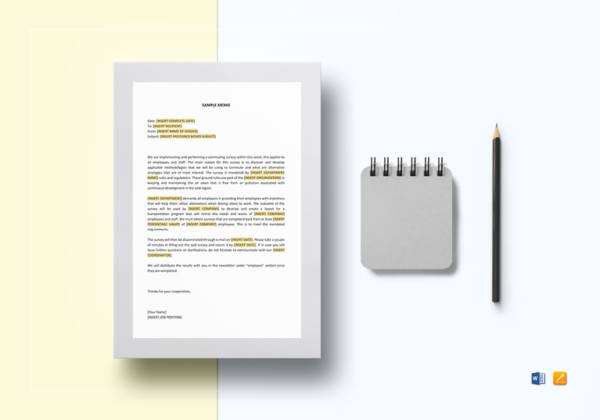
Business Memo Example Template

Sample Deal Memo Template
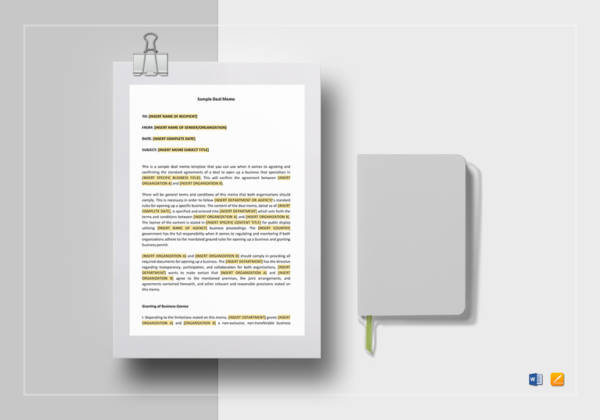
Policy Memo Template
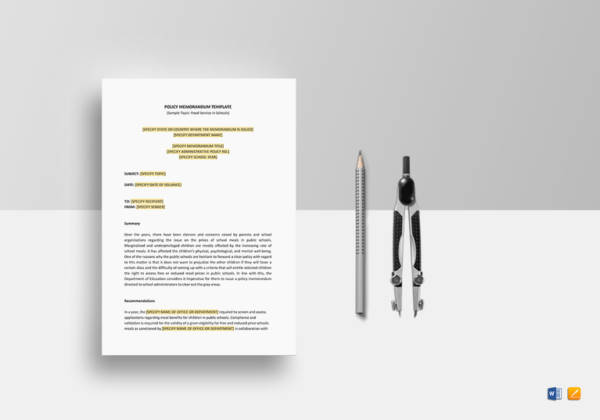
Legal Memo Template
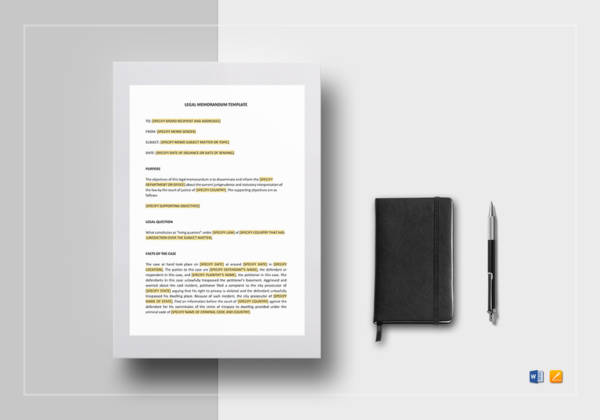
Confidential Memo Template
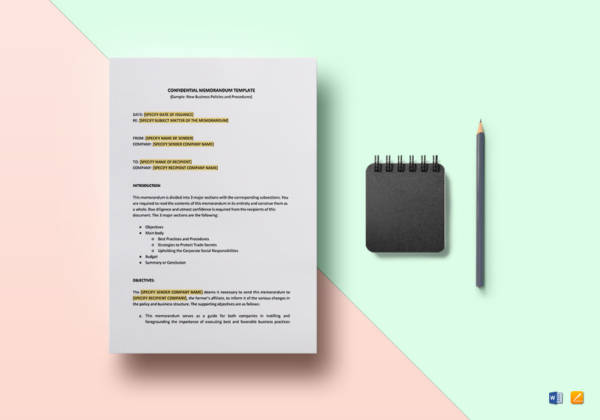
Official Professional Memo Template
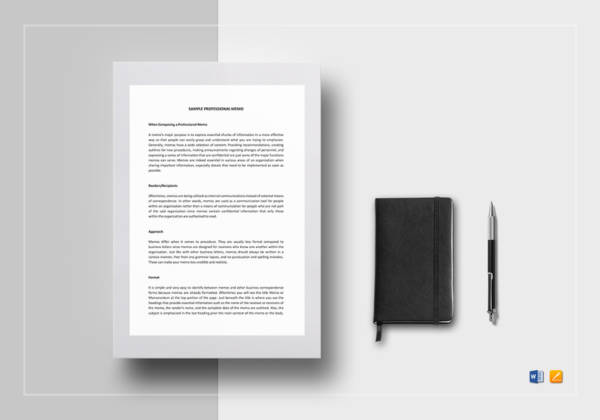
Notice Memo Format
Creating a Memo
Internal communications in the workplace are highly necessary. A memo is one of the most common ways of doing so. They have been tested through time and have been around for ages. Coming up with a good one will ensure that everything flows and runs as smooth as possible, especially in the business world. To come up with a good one, or at least a good executive memo template, you can follow these steps.
Preparing the Memo Writing Process
- Are you sending your memo? Sending an internal memo template is a great idea in ensuring that your team will always be updated with what you will be doing and what the current status of projects are. Sending a memo is also a great idea for reminding everyone of their duties and responsibilities when it comes to the current project that you have. However, you should consider that there are a couple of items that may be too delicate to include in your memo and you may just opt to personally talk to each team member or conduct a team meeting if necessary. You can still send a memo to your team members regarding the meeting that you will be having sans any details that are for the team only.
- What is your purpose? For whatever writing task you are assigned to, may it be formal letters or memos, you have to make sure that you know why you are doing so. Most of the time, memos are written for purposes such as
- proposing new ideas to the team,
- coming up with the best solutions to attack the problem,
- issuing orders,
- assigning or reassigning roles and responsibilities, and
- to provide a status report or give an update about how the project is currently doing.
- Focus on an issue. While business memos are used to update your colleagues of the current status of your project, remember to keep your memos short. Point out the main problem or what is the issue that you are currently having regarding the project that you have and discuss other problems that may be branching out due to the main problem during a team meeting.
- Think of your audience. Memos are considered to be formal in nature. However, to make sure that your message gets relayed in an effective manner, match the tone and the writing style of your memo with that of your audience. This way, they will less likely get confused and they will easily understand what you are trying to convey.
Formatting and Language
- Keep it formal and professional. As mentioned earlier, matching your memo’s tone and language with that of your audience is highly recommended. However, you have to choose your words wisely in order to make sure that it does not end up sounding too casual or too unprofessional. You should also make sure that your memo does not sound too conversational. Make it simple yet straightforward.
- Make it sound neutral. Refer to evidences that you have as well as your facts, and do not make your memo sound too emotional. A neutral tone will always be preferred for these documents.
- Make use of signal phrases. Make it sound like you are doing what you are supposed to do and that you know what you are doing.
- Choose a professional font style and font size. You have to make sure that your memo is easy to read and that you stick to simple yet professional font style. You can stick to a default font style such as Times New Roman or Arial and make sure to keep the font size to a standard size of 11pt or 12pt.
- Be mindful of your margins. A one-inch (1”) margin to about one-and-a-half (1.5”) is recommended to be used for your memo. Not only does the white space look clean but it also makes it refreshing to the eyes.
- Single space. While white space makes your memo look refreshing to the reader’s eyes, make sure to stick to a single spaced document. This will help to keep your memo short. However, make sure to provide a space in between paragraphs or different sections of your memo. Indention of paragraphs is also not needed when it comes to memo. Blocked format is recommended.
Starting to Write the Memo
- Make sure to label your memo. A simple “MEMO” or “MEMORANDUM” at the very top of the page is recommended. This will establish that what you are disseminating is a memo. This can either be at the center of the page or you may also opt to have it left aligned. You can make the font size of your label a little bit bigger than the rest of the text in your memo.
- Include a heading. The heading of your memo will be the key information that your recipient/s need to know. This will typically include
- TO or who the document’s recipient/s is/are,
- FROM or who the document’s writer is or who asked you to write the memo,
- DATE when the memo was created, and
- SUBJECT or what will be discussed in the memo.
- Know to who you will be sending the memo to. Include key persons who need to know what your memo is for. Limiting your memo to specific people who need to be aware of the subject is of importance.
- Keep your correspondence formal. Make use of appropriate names and titles. Last name basis would be great such as Michaelson or Mr. Jones. This is applicable most especially if you are writing a memo for people outside of the organization. You can find out more about sending memos to external organizations by checking out External Memo Templates.
- Make your subject line straight to the point. Your subject line may only be one sentence, however, keeping it straight to the point while avoiding being too vague is highly preferred. This will immediately give the reader/s an idea about what is the free agenda of the memo and be able to anticipate upcoming discussions about it.
- Skip the salutation. Since memos are typically sent out to more than one recipient, making use of a salutation is not needed. This is because memos are meant to be a quick means of disseminating information and should not take too much time to read.
- Immediately state the purpose for writing the memo. Start with, “I am writing this memo because…,” and your introduction is good to go.
- Organize the body. Make sure that the body of your memo is organized. Starting with most important points going down to other details affected by the main idea is best for these documents. However, organization and content of the memo’s body will vary depending on the type of memo you are writing.
- Decide whether you will use headings and subheadings. Some memos might need one while others do not. Just make sure that each section is stated clearly to immediately give out the main point of each section.
- Start your sentences with the main topic. As mentioned earlier, memos are straightforward. Starting your sentences with the main idea will establish what the section is all about.
- Make use of lists and bullets. This can help especially if you are trying to highlight important points. Plus, it will become easier to read.
- Keep it short. One page is already enough for a memo. Maximum page numbers should not exceed two pages.
- Consider a summary. Your memo is already a summary in itself. However, should your memo be longer than what is expected, opting for a summary may be deemed necessary.
- Include a closing paragraph. Let your reader/s know what is the main takeaway from what has been discussed in the memo and what are the corresponding actions that should be done after the memo has been disseminated.
- Sign (optional). You may opt to sign the memo for formality. However, this is not necessary as it has been established who the memo is from at the very beginning of the page.
- Take note of attachments. Make sure that you mention the attachments you have included in the memo. This will usually be found at the bottom of the page.
- Review and edit. Before hitting that send or print button, make sure that you go over your memo at least once to make sure that it is free from error and that you have effectively relayed the message you want to convey to your audience.
Printable Blank Memo
Sample of Holiday Notice Memo
Notice Memo Sample
Interoffice Memo
Blank Credit Memo
Free Calendar Memorandum
Director Deal Memo
Creating Memos Using Memo Templates
The notice memo templates that we have included in this article are sure to make your memo writing task a whole lot easier since they are already pre-formatted. All you need to do is to change any important bits such as the logo, headings, and content with the ones that you will be discussing in your memo.
Since these are standard memo templates, all you need to do is to follow these steps to ensure that you will be done with this task in no time.
- Check out the free sample memos that we have on this article. Pick the one that you think is the best match for your memo needs and download the one you have chosen. You can directly download the sample templates that you need right on this very article by simply clicking on the BUY NOW or DOWNLOAD button.
- Open the file and start editing. Some samples are in PDF file while others are in Word (DOC) file format.
- For PDF files, you can easily copy the content and paste it to your word document application. Once copied you may start editing it or supply your own memo content.
- For Word file formats, you can directly open the file and start editing on your computer’s word editing application.
- Review the steps we have mentioned earlier in this article regarding creating a professional memo template and make sure to follow it.
Once you are done, you can now start disseminating useful information via your memo!
Related Posts
FREE 13+ Business Memo Templates in MS Word | PDF | Google Docs
FREE 15+ Memorandum Samples in MS Word | PDF
FREE 10+ Strategy Memos in MS Word | Google Docs
FREE 8+ Executive Memo Templates in MS Word | Google Docs
FREE 6+ External Memo Templates in MS Word | PDF | Google Docs
FREE 8+ Bid Memo Templates in MS Word | PDF
FREE 8+ Notice Memos in PDF
FREE 9+ Budget Memo Templates in MS Word | PDF
FREE 8 Board Memo Templates in PDF
News Report
Written Warning
Teacher Lesson Plan
Visitors Log
Reflective Writing
Briefing Note
